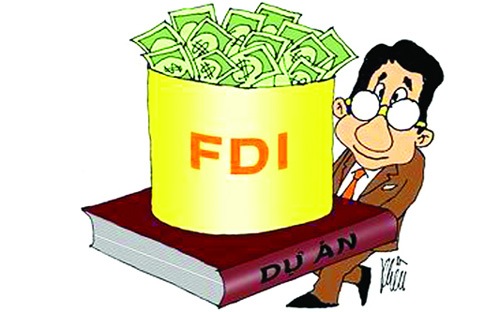
South Centre | October 2015
Foreign direct investment, investment agreements and economic development: myths and realities
Yılmaz Akyüz
Foreign direct investment (FDI) is one of the most ambiguous and the least understood concepts in international economics. Common debate on FDI is confounded by several myths regarding its nature and impact on capital accumulation, technological progress, industrialization and growth. It is often portrayed as a long term, stable, cross-border flow of capital that adds to productive capacity, helps meet balance-of-payments shortfalls, transfers technology and management skills, and links domestic firms with wider global markets. However, none of these are intrinsic qualities of FDI. First, FDI is more about transfer and exercise of control than movement of capital. It does not always involve flows of financial capital (movements of funds through foreign exchange markets) or real capital (imports of machinery and equipment for the installation of productive capacity). Second, only the so-called greenfield investment makes a direct contribution to productive capacity and involves cross-border movement of capital goods, but it is not easy to identify from reported statistics what proportion of FDI consists of such investment as opposed to transfer of ownership of existing assets. Third, what is commonly reported as FDI contains speculative and volatile components. Fourth, the longer-term impact of FDI on the balance of payments is often negative even in countries highly successful in attracting export-oriented FDI. Finally, positive technological spillovers from FDI are not automatic but call for targeted policies of the kind that most investment agreements prohibit.